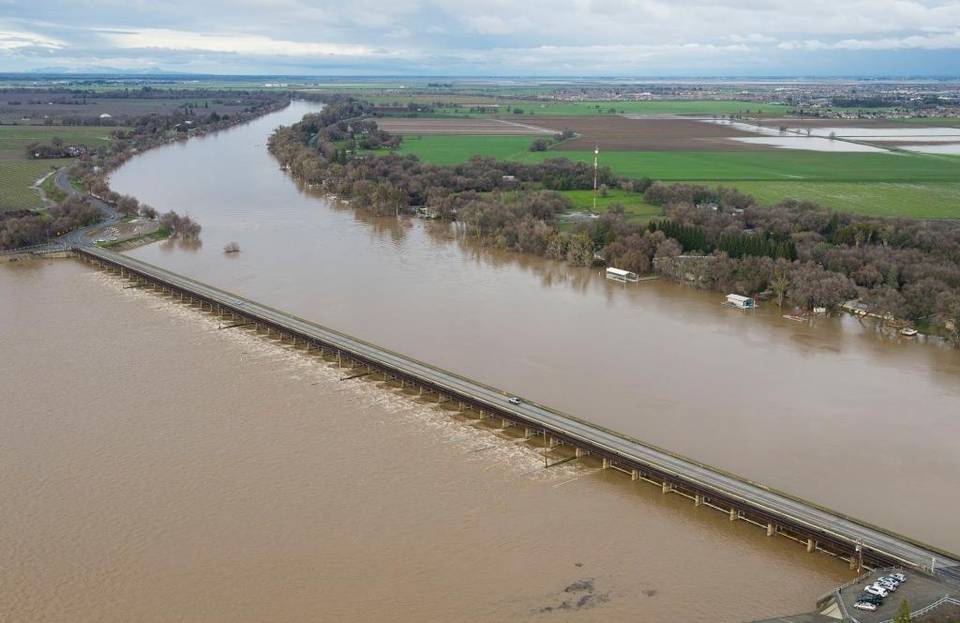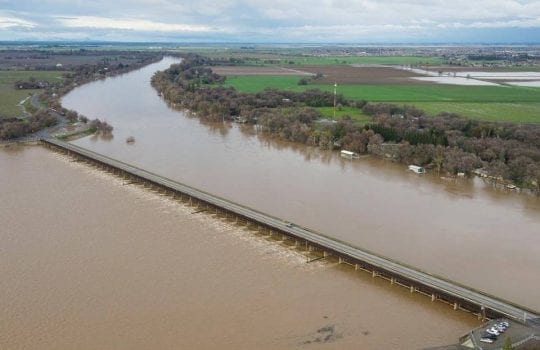A Love Letter to the Yolo Bypass
As we learn more about Congress and the State’s focus on building more dams, CalTrout remains invested in finding better solutions, ones that involve working with nature, rather than against it. How can we accomplish this? Allow floodplains to live up to their name and flood. Prime example is the Yolo Bypass which plays a vital role in flood protection from the city of Sacramento. Several times this winter, floodwaters were diverted onto the Yolo floodplain, keeping Sacramento residents safe and dry. During times of intense rain, floodwaters can be diverted onto the floodplain, mimicking the natural and historical purpose of the floodplains.
Reconnecting rivers to their floodplains is a win-win-win situation. Over-pumped groundwater aquifers are recharged, habitat is restored for waterbirds and fish, and more reservoir storage becomes available with dam operators able to release more water during floods.
What’s not to love?
In the face of a changing climate, aging water infrastructure, and conflicting goals, this situation is becoming increasingly critical. It is very clear, especially in the wake of the crisis at Oroville dam: California’s water system is overdue for an upgrade. Continuing our heavy reliance on “grey” infrastructure will not be able to meet California’s future water needs (as it hasn’t with our past and current needs).
Jacob Katz, CalTrout’s Central Valley Senior Scientist, reviewed this topic in a brilliant op-ed piece in the Sacramento Bee, written in conjunction with Brian Stranko, Director of the Nature Conservancy’s California Water Program:
⇒ Overhaul California’s water system with 21st century flood solutions
Our Nigiri Project in the Central Valley demonstrates our love for floodplains and the Yolo Bypass. We’ve validated that California’s floodplains can work for both fish AND farms. When water is slowed down and spread out across agricultural fields (i.e., historic floodplains that sit dormant in the winter) a bug buffet is created. Learn more about the project here or watch our small film about a big idea, No Going Back.






